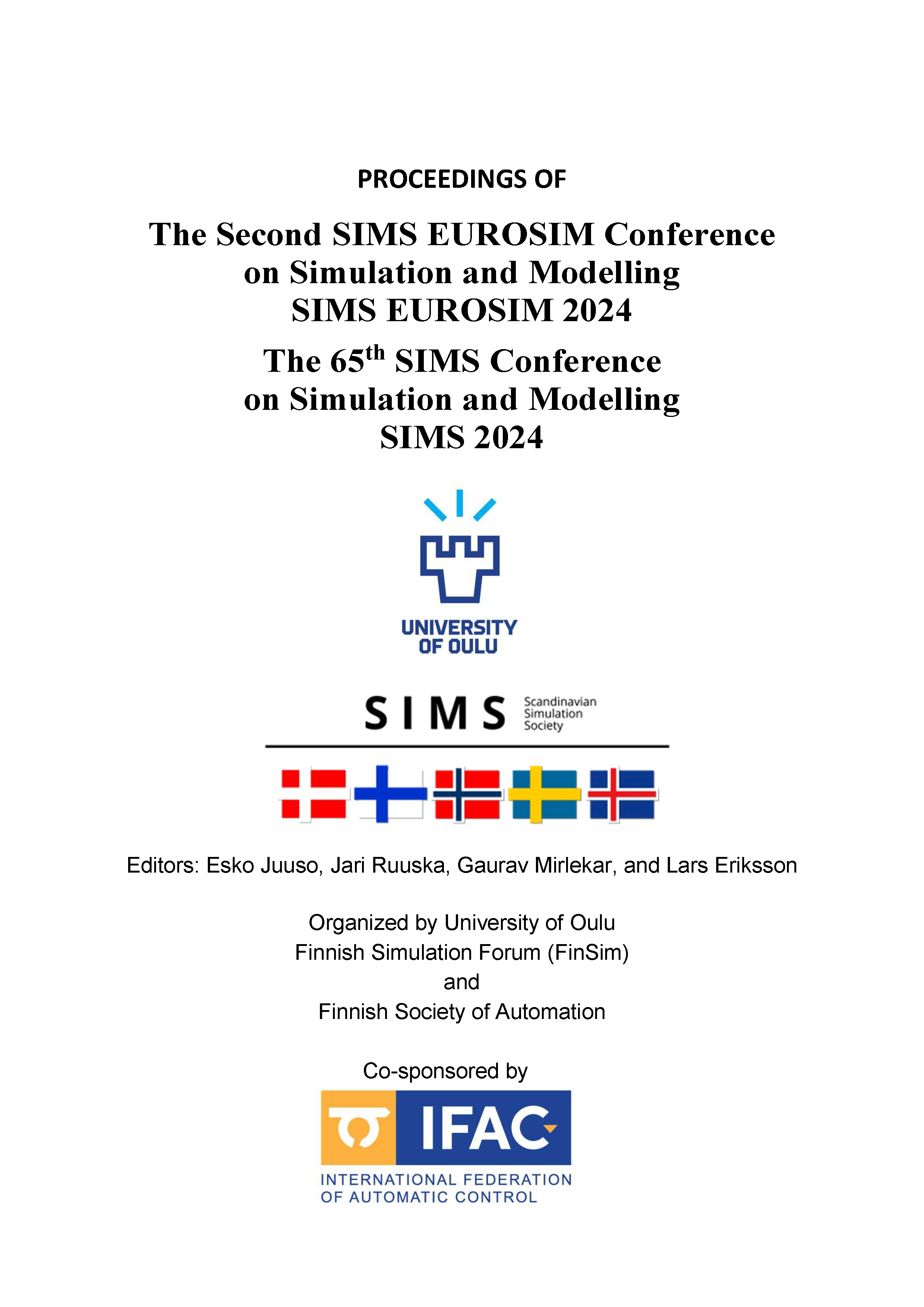Alternative fuels for the maritime industry and its impact on flue gas composition
DOI:
https://doi.org/10.3384/ecp212.040Keywords:
Fuel, Ammonia, Flue gas, Emissions, Aspen HYSYS, Python, Simulation, and Cantera.Abstract
The maritime industry contributes to 80-90% of global trade and is on an increasing trend. However, it is also responsible for substantial amounts of greenhouse gas (GHG) emissions such as carbon dioxide (CO2), nitrogen oxides (NOx), sulfur oxides (SOx), carbon monoxide (CO), and hydrocarbons (HC). Therefore, industries are searching for alternative solutions to reduce GHG emissions by using alternative fuels. This study presents a novel investigation exploring the performance of various alternative marine fuels such as liquefied natural gas (LNG), methanol (MeOH), ammonia (NH3), and hydrogen(H2) in terms of combustion and emissions. Such comprehensive evaluation is limited in literature, making this study uniquely valuable in contributing to the field. The study assesses the impact of different equivalence ratios on emissions for the studied fuel profiles using Cantera and Aspen HYSYS simulations. Results show that CO2 peaks at the stoichiometric ratio, with CO rising from 0.8 to 1.1. Non-carbon fuels like NH3 and H2 emit fewer GHGs than carbonaceous fuels such as LNG and MeOH. H2 has the highest energy release at 87.21 MJ per kg, while NH3 shows lower emission levels, suggesting its potential as a sustainable maritime fuel. This research emphasizes the significance of choosing the right fuel to mitigate maritime emissions, highlighting NH3 and H2 as promising alternatives.Downloads
Published
2025-01-13
Issue
Section
Papers
License
Copyright (c) 2025 Mostafa Abedini, Mohammad Rakibul Hasan Chowdhury, Saman Pershen, Joachim Rød Knarrum, Ishmael Nii Nyarko Solomon, Pramod Ghimire, Nabin Aryal

This work is licensed under a Creative Commons Attribution 4.0 International License.

